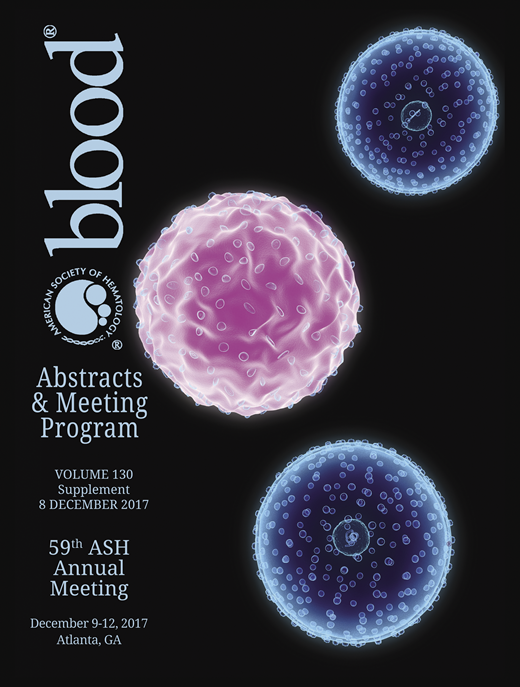Abstract

Background: Gene transfer is expected to be an effective therapy for hemophilia B because the disease is caused by mutations in a single gene. DTX101 is a non-replicating recombinant adeno-associated virus (AAV) serotype rh10 (AAVrh10) vector that contains a codon-optimized hFIX gene with expression driven by both a liver-specific enhancer element and a liver-specific promoter element. AAVrh10 is a clade E virus with high degree of homology to AAV8.
Aims: To determine the safety and efficacy of single, ascending doses of DTX101 in hemophilia B patients.
Methods: 101HEMB01 is a phase 1/2 open-label, single-arm, multicenter, dose-finding study. Eligible subjects (Inclusion criteria: Male ≥18 years, baseline FIX ≤2%; Exclusion criteria: anti-AAVrh10 neutralizing antibody titer >1:5) received a single IV infusion of DTX101. Safety assessments included incidence of adverse events (AEs). Efficacy assessments included change from baseline in FIX activity, annualized bleeding rate and annualized use of FIX replacement therapy.
Results: 6 subjects were dosed. Subjects in Cohort 1 (n=3) and Cohort 2 (n=3) received a dose of DTX101 of 1.6×1012 Genome Copies (GC)/kg and 5.0×1012 GC/kg, respectively. All subjects have been followed ≥32 weeks. Peak FIX levels in Cohort 1 were achieved between 8 and 14 weeks and ranged from 5% - 11%. Peak FIX levels in Cohort 2 ranged from 12% - 20% and were reached between 3 and 8 weeks. An asymptomatic rise in alanine aminotransferase (ALT) level was observed at approximately the time of peak FIX level and was followed by a gradual reduction in FIX level to near baseline in all but one subject, despite initiation of a steroid treatment protocol. Peak ALT values were considered either Grade 1 or 2 AEs in 4 subjects (≤3.0 or ≤5.0 x upper limit of normal, respectively). Subject 6 had a peak ALT 914 U/L and was considered a Grade 4 AE. Steroid protocol was initiated with normalization of ALT levels. Subjects 4 and 5 had subsequent mild rises in ALT following completion of the steroid protocol with additional loss in FIX activity. No subject developed FIX inhibitors. Bleeding events and use of FIX replacement therapy data are currently being analyzed.
Conclusion: Study 101HEMB01 clearly demonstrated evidence of FIX expression following a single injection of DTX101 (peak FIX 5% - 20%); however, FIX levels were not sustained. The loss in FIX levels may be related to AAVrh10 capsid-induced immune response; Dimension Therapeutics has ongoing studies to better understand this response (ASH 2017 abstract submission: R. Calcedo, Immune responses in 101HEMB01, a phase 1/2 open-label, single ascending dose-finding trial of DTX101 (AAVrh10FIX) in patients with severe hemophilia B). The 6 subjects dosed in study 101HEMB01 will continue to be closely followed for a total of 5 years in the extension study (101HEMB02). Insights from these data support continued development of other AAV gene therapy programs.
Pipe: Bayer Healthcare; Biogen Idec; CSL Behring; Dimension Therapeutics; Novo Nordisk; Roche; Shire; uniQure: Consultancy; Shire; Siemens Healthcare Diagnostics Inc.: Research Funding. Poma: Dimension Therapeutics: Employment, Equity Ownership. Crombez: Dimension Therapeutics: Employment, Equity Ownership.
Author notes
Asterisk with author names denotes non-ASH members.

This icon denotes a clinically relevant abstract

